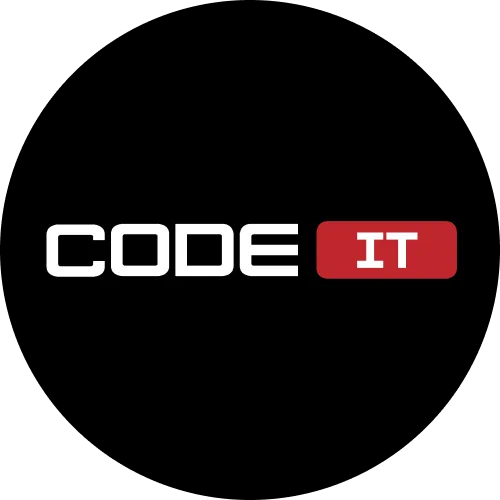Risks Management In Scrum


Scrum myths: we have no risks, we are flexible!
“Scrum is about speed and flexibility, not about any risk registers!” – some may say. Let’s figure it out: Is there risk management in Scrum?
Spoiler: Yes. It doesn’t appear to be the case in the classics, and it’s not written in all caps in the manifesto.
TOP-3 Scrum Myths
Let’s separate fact from fiction: here are the top Scrum myths—and what’s really true.
Myth #1: There are No Risks in Scrum—Iterations are a Magic Pill
Reality: There are always risks. Iterations only reduce the damage from encountering them.
Is the CI broken? Is the developer sick? Is the client suddenly “changing his mind”?
Even the most flexible process won’t save you if the team doesn’t think about what could go wrong.
Myth #2: Scrum Magically Handles Risks on Its Own
Reality: Scrum gives you tools, but it doesn’t do the work for you.
- Planning — to discuss potential problems before they hit you.
- Daily checks — to catch warning signs: “We can’t launch a feature for the second day.”
- Retrospective — to understand why a bug popped up 2 hours before the release, and what to do about it.
But if you’re going through the motions and not talking about the matter, there won’t be any magic.
Myth #3: Talking About Risks is Not Agile
Reality: Talking about risks is a sign of maturity.
If you know that:
- Two people are going on vacation
- The new library is an experiment
- The client changes requirements every 3 days
… it’s better not to hide your head in the Scrum guide, but to say out loud: “We have a risk here.”
And then ask: what can be done about it?
Real Scrum is Not Naivety, but Awareness
Scrum does not require you to start a 500-line spreadsheet with probability assessment. But it does imply that the team thinks, observes, and acts.
Risk management in Scrum is a built-in behavior: to notice a problem before it explodes.
Summary
✔ Scrum does not cancel risks – it teaches you to live with them
✔ Iterations, dailies, planning, and retrospectives are built-in risk management mechanisms
✔ The main thing is not to ignore, but to discuss and act
Because if you don’t manage risk, it manages you. Even if you call it “flexibility.”
Build your ideal
software today





